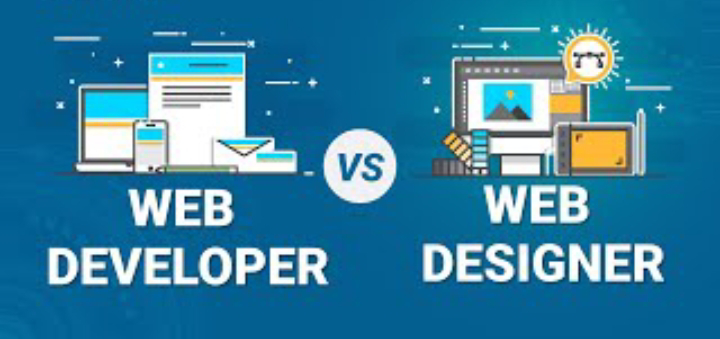Introduction:
In the digital era, a well-designed and functional website plays a critical role in building a successful online presence for businesses and individuals.
However, the terms "website design" and "website development" are often used interchangeably, leading to confusion. In this blog post, we will explore the differences between website design and development, including examples, applications, and the languages typically used in each field.
WEBSITE DESIGN:
Website design focuses on the visual and aesthetic aspects of a website. It encompasses creating the layout, choosing color schemes, typography, and graphical elements that make the website visually appealing and user-friendly. Designers employ various web design tools like Adobe Photoshop, Sketch, or Figma to create wireframes and prototypes.
Examples of website design elements:
1. Layout: Determining the structure and arrangement of content on web pages, such as headers, footers, sidebars, and navigation menus.
2. Typography: Selecting appropriate fonts, font sizes, and spacing for effortless readability.
3. Color scheme: Choosing a harmonious color palette to create a visually appealing website that matches the brand identity.
4. Graphics and media: Incorporating images, videos, and other visual assets to enhance the user experience.
Application of website design:
Website design is crucial for creating an engaging and intuitive user experience. Designers work closely with clients to understand their brand values, target audience, and objectives to develop a visually appealing website that reflects the desired brand image.
WEBSITE DEVELOPMENT:
Website development, on the other hand, involves the technical implementation of the website design. It focuses on the functionality, responsiveness, and interactivity of the website. Developers use programming languages and frameworks to bring the design to life, ensuring smooth navigation, dynamic content, and responsive layouts across different devices.
Examples of website development components:
1. Front-end development: Building the client-side of a website using HTML, CSS, and JavaScript. This involves translating the design into a functional website that users can interact with.
2. Back-end development: Implementing server-side functionality, such as database management, user authentication, content management systems, and server configuration. Common languages for back-end development include PHP, Ruby, Python, and Java.
3. Content Management Systems (CMS): Utilizing platforms like WordPress, Drupal, or Joomla to create websites with user-friendly interfaces, enabling efficient content management.
Application of website development:
Website development is essential for creating interactive features, structuring databases, handling user input, and ensuring website speed and security. Developers work on coding the website, optimizing performance, and ensuring cross-browser compatibility.
The Synergy:
Website design and development go hand in hand in creating an effective and engaging online presence. Collaboration between designers and developers is crucial to seamlessly integrate aesthetics and functionality, resulting in a visually appealing, user-friendly, and highly functional website.
Conclusion:
Understanding the difference between website design and development is essential for anyone aiming to establish a successful online presence. Design focuses on the visual elements, creating an appealing interface, while development brings the design to life through coding and functionality. By working harmoniously, designers and developers can create websites that captivate visitors, deliver seamless user experiences, and achieve business objectives.
